Heightened Security Concerns
In an era marked by rising security concerns, the fencing market is experiencing a notable surge in demand. The increasing need for safety in residential, commercial, and industrial properties drives consumers to invest in robust fencing solutions. According to recent surveys, nearly 70% of homeowners prioritize security features when considering property enhancements. This trend is particularly evident in urban areas, where crime rates may influence purchasing decisions. Consequently, manufacturers are innovating to provide advanced fencing options, such as electric and smart fencing systems, which cater to the heightened demand for security. This focus on safety not only enhances the appeal of fencing products but also positions the fencing market as a critical component in the broader security landscape.
Rising Construction Activities
The ongoing expansion in the construction sector appears to be a primary driver for the fencing market. With the US construction industry projected to reach a value of approximately $1.8 trillion by 2025, the demand for fencing solutions is likely to increase significantly. This growth is fueled by both residential and commercial projects, where fencing is essential for security, privacy, and aesthetic purposes. As new housing developments and commercial spaces emerge, the fencing market is expected to benefit from increased orders and installations. Furthermore, the trend towards urbanization and the development of infrastructure projects may further bolster the demand for various fencing materials, including wood, vinyl, and metal, thereby enhancing the overall market landscape.
Increased Focus on Aesthetic Value
The growing emphasis on aesthetic value in property design is significantly impacting the fencing market. Homeowners and property developers are increasingly seeking fencing solutions that not only provide security but also enhance the visual appeal of their properties. This trend is evident in the rising popularity of decorative fencing options, such as wrought iron and custom wood designs. Market data suggests that the decorative fencing segment is expected to grow by approximately 10% annually, reflecting a shift towards personalized and visually appealing solutions. As consumers prioritize aesthetics alongside functionality, manufacturers are likely to respond by diversifying their product lines to include a wider range of styles and materials. This focus on aesthetics may drive competition and innovation within the fencing market, ultimately benefiting consumers.
Regulatory Compliance and Standards
The fencing market is increasingly influenced by regulatory compliance and industry standards. Various local and federal regulations mandate specific fencing requirements for safety, zoning, and property delineation. For instance, pool safety laws necessitate the installation of secure fencing around residential pools, which has led to a surge in demand for compliant fencing solutions. Additionally, the construction of commercial properties often requires adherence to specific fencing standards to ensure safety and security. As these regulations evolve, manufacturers in the fencing market must adapt their offerings to meet compliance, potentially driving innovation and product development. This dynamic creates opportunities for growth, as companies that can navigate regulatory landscapes effectively are likely to gain a competitive edge.
Technological Advancements in Fencing
Technological advancements are reshaping the fencing market, introducing innovative solutions that enhance functionality and appeal. The integration of smart technology into fencing products, such as automated gates and surveillance systems, is becoming increasingly prevalent. These advancements not only improve security but also offer convenience for users. The market for smart fencing solutions is projected to grow at a CAGR of approximately 15% over the next five years, indicating a strong shift towards technology-driven products. As consumers become more tech-savvy, the demand for fencing solutions that incorporate these advancements is likely to rise, prompting manufacturers to invest in research and development. This trend may lead to a more competitive landscape within the fencing market, as companies strive to differentiate their offerings through technological innovation.


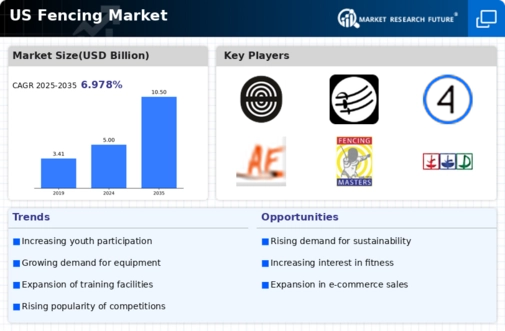
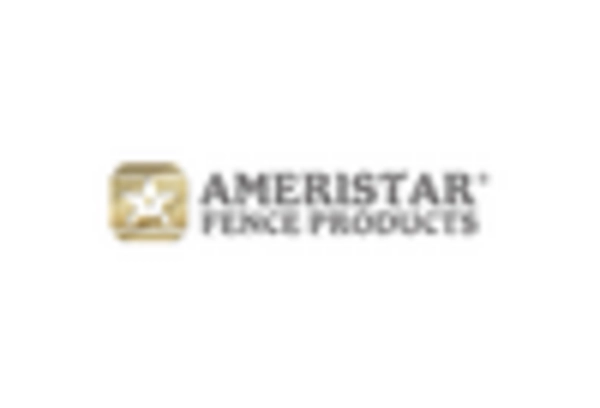
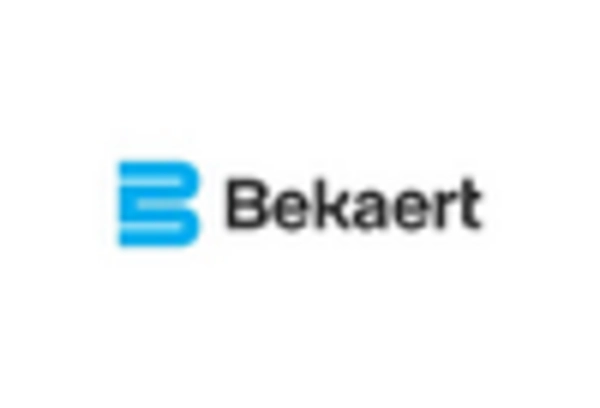
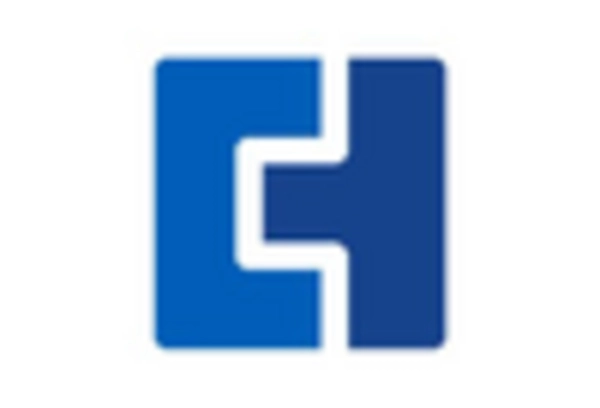
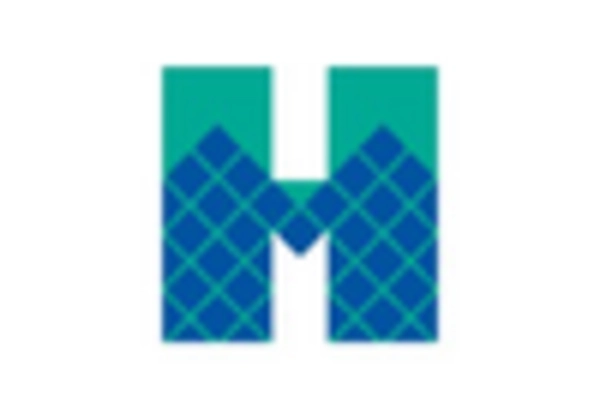
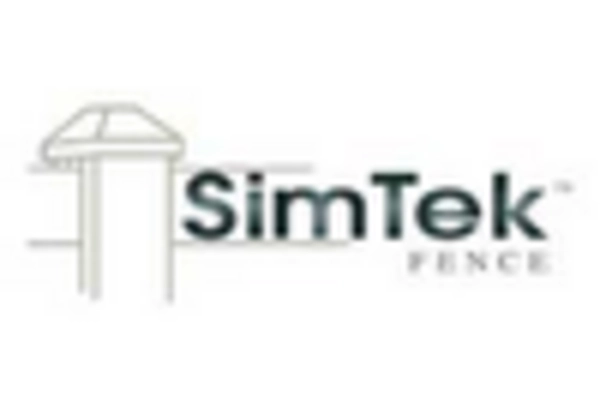









Leave a Comment